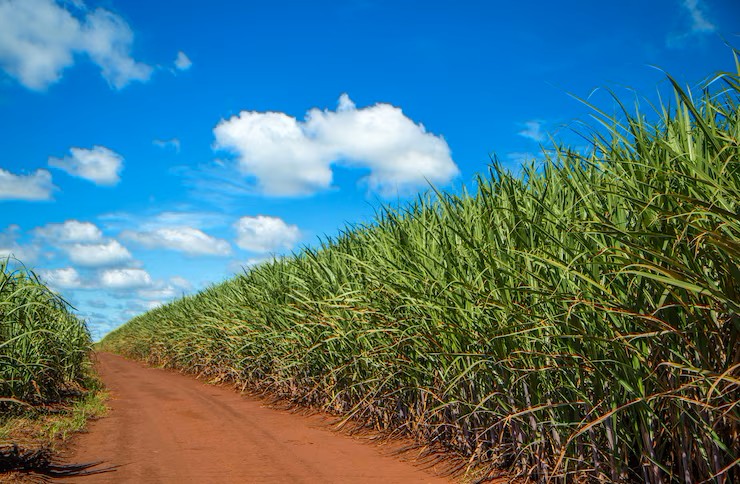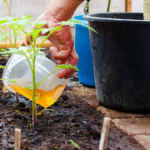South Africa’s sugar industry, a cornerstone of the country’s agricultural sector, is facing mounting challenges due to increasingly severe drought conditions. As climate patterns continue to shift, prolonged dry spells are placing significant strain on sugarcane production, threatening the livelihoods of thousands and impacting the broader economy.
The most immediate impact of drought on the sugar industry is a sharp decline in sugarcane yields. Sugarcane is a water-intensive crop, and sustained periods of low rainfall drastically reduce the volume and quality of the harvest. In regions such as KwaZulu-Natal, which accounts for the majority of South Africa’s sugar production, fields that once thrived are now producing well below average due to insufficient soil moisture and depleted irrigation systems. According to the South African Sugar Association (SASA), recent drought periods have led to yield reductions of up to 40% in some areas. This drop in output not only disrupts the supply chain but also increases costs across the board — from planting to processing.
The economic implications of a drought-stricken sugar industry extend beyond farmers. South Africa’s sugar sector supports over 85,000 direct jobs and sustains more than 350,000 people through indirect employment and community programs. When production falters, mill operations slow down or shut entirely, transport contracts diminish, and export opportunities shrink. The reduction in sugarcane supply has also driven up local prices and reduced the industry’s competitiveness on the international stage. Exports, which are a vital source of foreign currency earnings, have been notably affected. Countries that typically import South African sugar are increasingly turning to more stable producers, further compounding the industry’s challenges.
Small-scale growers, many of whom operate without access to advanced irrigation systems, are among the hardest hit. Unlike large commercial farms, these growers often rely solely on rainfall and have limited financial buffers to survive a poor season. Drought can mean total crop failure for these farmers, pushing them into debt or forcing them to abandon farming altogether. This shift not only undermines rural economies but also threatens food security and socio-economic development in sugar-growing regions.
Industry stakeholders are urgently calling for both short- and long-term solutions to mitigate the effects of drought. Investment in irrigation infrastructure, especially in rural and smallholder farming communities, is one key strategy. At the same time, research into drought-resistant sugarcane varieties and sustainable farming practices is gaining momentum. Government involvement is also critical. Timely support in the form of drought relief funding, subsidies, and policy reform can help stabilize the sector and protect the thousands of jobs linked to it.
As climate change continues to make weather patterns more unpredictable, the resilience of South Africa’s sugar industry will depend on its ability to adapt. The effects of drought are undeniable, but with targeted investment, innovative farming methods, and collaborative support across public and private sectors, the industry can position itself for a more sustainable future. For now, however, the warning signs are clear: without decisive action, the impact of drought on South Africa’s sugar industry may deepen, placing one of the country’s oldest agricultural pillars at risk.







